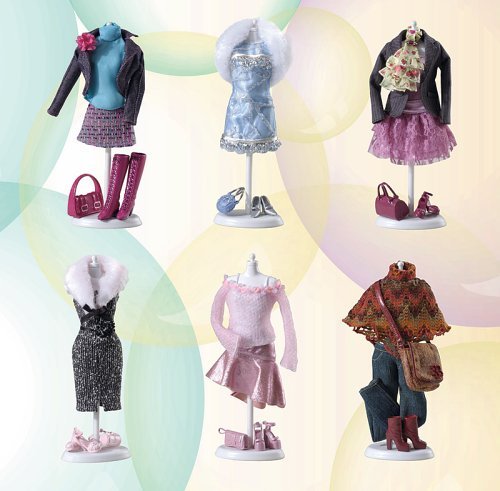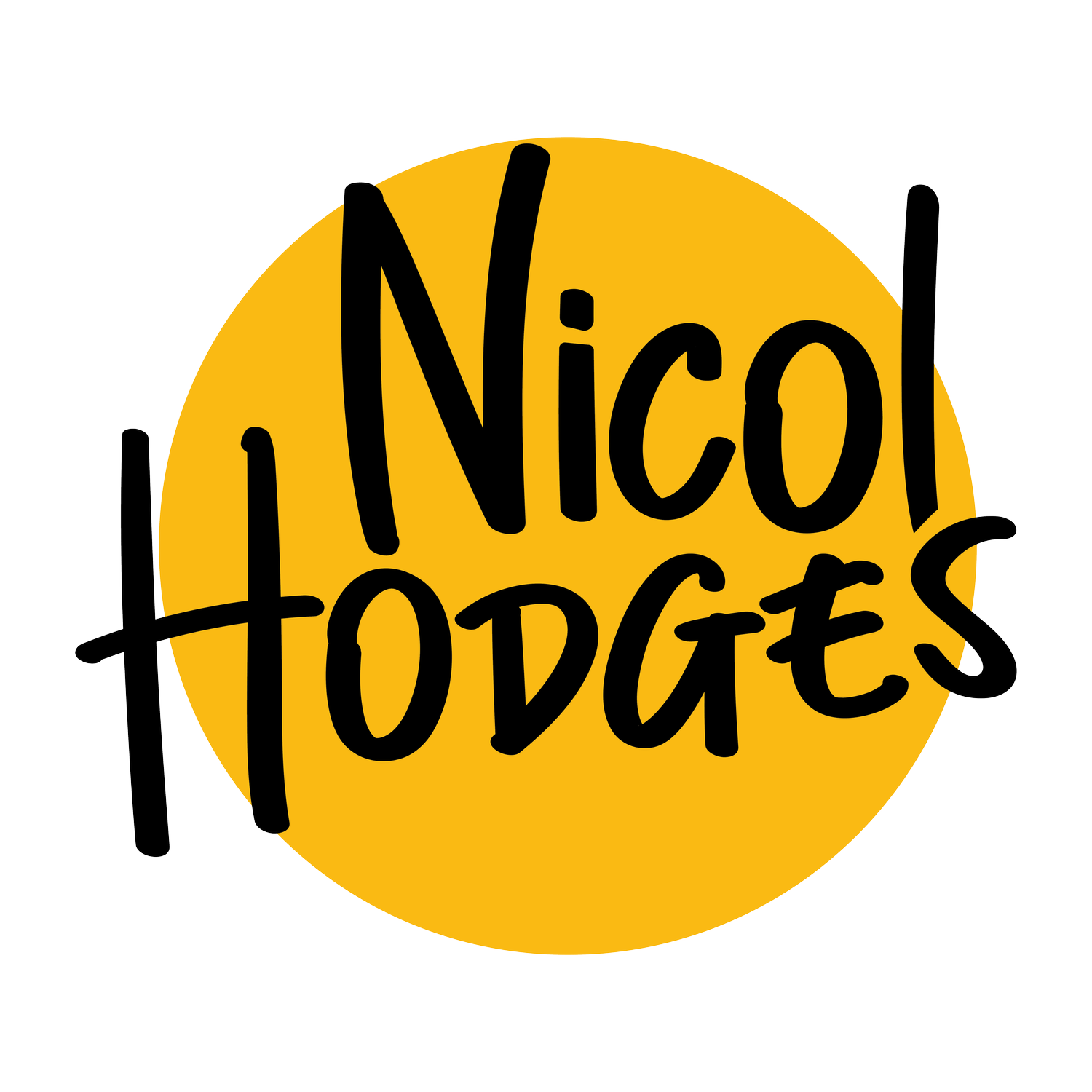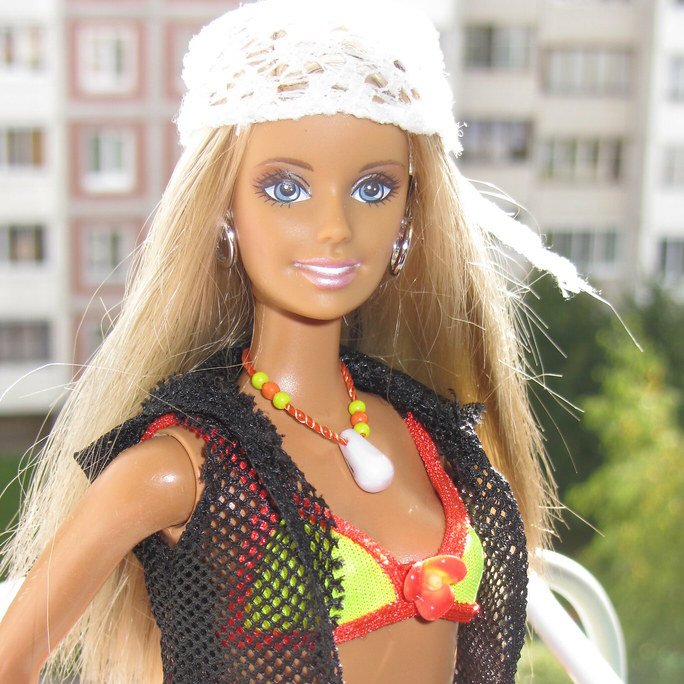MATTEL | Barbie
At Mattel, we aim to create innovative products and experiences that inspire, entertain, and nurture children through play.
As a Senior Design Manager, I was privileged to oversee high-profile projects that generated $750M in revenue. Collaborating closely with designers, marketing and sales teams, and our Development & Manufacturing team based in Asia, I ensured the delivery of top-notch products within accelerated timelines.
As a seasoned Senior Design Manager and Product Manager, I bring extensive experience and a proven track record of success in overseeing high-profile projects and driving substantial revenue growth. Explore my key areas of expertise:
Project Management: Managed high-profile projects generating $750M in revenue, collaborating closely with cross-functional teams, including designers, marketing, sales, and Development & Manufacturing teams based in Asia.
Team Leadership and Mentoring: Supervised and mentored a team of 30+ direct reports, taking a hands-on approach to hiring, training, and guiding newly onboarded managers and designers, fostering a collaborative and high-performing team environment.
Product Development: Led nearly 20 successful Barbie projects each quarter, contributing to the remarkable $750M revenue milestone. Streamlined the development process through effective collaboration with product engineers, sculptors, designers, and senior marketing teams, reducing time-to-market from one month to just one week.
Recognition and Awards: Honored with the prestigious Matty Award for overseeing the highest-performing Barbie launch and new product design, recognizing outstanding performance and contributions to the organization's mission.
Throughout my career, I've been dedicated to driving innovation, fostering collaboration, and delivering exceptional results. Thank you for visiting my portfolio, and I look forward to the opportunity to collaborate with you on your next project!






When Sales Numbers Challenge the Design Team
Fashion Fever Barbie was introduced as a response to declining sales in the early 2000s. It brought a modern and fashion-forward vision to the main Barbie line, featuring dolls in tubes with realistic fashion styles. The line also enlisted teen idol Hilary Duff for promotion and commercials, creating a trendy appeal. Alongside the dolls, Fashion Fever included clothing packs and styling heads.
In 2007, the line underwent a redesign, replacing the tubes and standardizing the appearance of the dolls with consistent face molds and fashions. In 2009, the line was rebranded as 'Barbie' but was later discontinued in the Fall of the same year.
The success of Cali Girl Barbie in 2002 inspired Mattel to streamline internal processes to get products on the shelves faster. They reduced development time and costs by nearly half, encouraging better collaboration and efficiency between design, marketing, and sales teams. The goal was to eliminate "wait time" and ensure teams could work simultaneously from start to finish.
Fashion Fever Barbie presented a more edgy and modern image, drawing inspiration from Disney actress Hilary Duff. The innovative and fresh packaging, featuring clear, circular tubes, allowed young girls to see the entire doll on the shelf.
The line's success led to its expansion with Fashion Fever value packs, which included a mannequin, top, bottom, and shoes. Larger groups featuring the doll, figure, multiple tops, bottoms, and various shoes, sold well during the holiday season.
Development time and cost were significant challenges during the product creation process. To meet cost demands, the product manager worked closely with designers, simplifying looks while maintaining the essence of the design. Communication and trust-building were crucial to finding solutions and ensuring successful cost cuts.
Accounting for much of Mattel's revenue, Barbie faced challenges as sales declined in recent years. However, the company's efforts to reduce costs and revamp Barbie contributed to improved sales in the United States, as evident from a rise in fourth-quarter profit in 2003.




